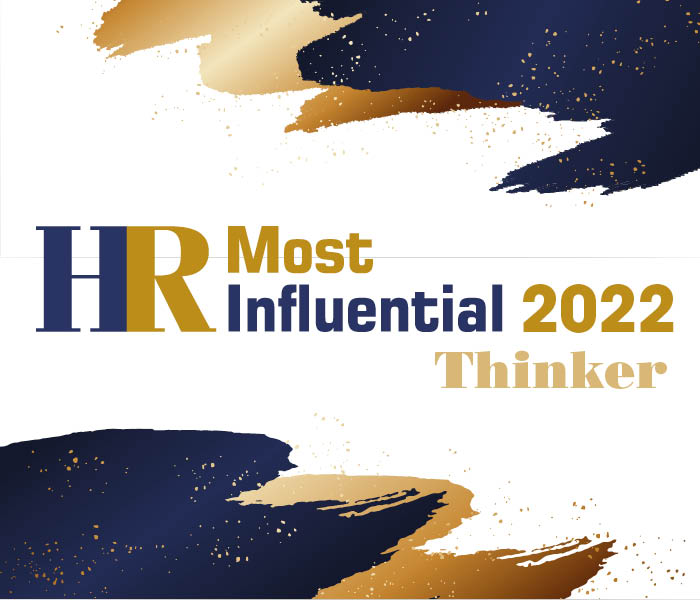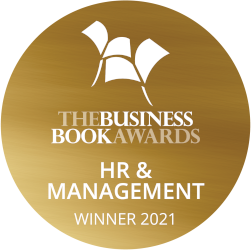How innovative learning programs prepare employees and leaders to thrive in the time of constant change
I am delighted to be the Keynote Speaker kicking off this years’ SAP SuccessFactors Learning Symposium, organised by TalenTeam, May 12th and 13th, 2021. It’s an exciting time to be working in the learning space. Innovative learning and development (L&D) leaders are in demand more than ever before.
Those that know how to leverage learning programs to drive sustainable change are like gold-dust to CEO’s. To stay in demand, employers and employees must continuously update their skills, in preparation for the needs of the constantly changing future. Yet recent research shows this may not be happening fast enough. More than half (54%) of adults in the labour force say it will be essential for them to get training and develop new skills throughout their work life to keep up with changes in the workplace. The workforce feels under constant pressure to keep their skills relevant, and many organisations are not very well structured to help their workforce develop new skills.
The good news is that effective and easily accessible learning to help people and organisations deal with change is becoming more and more available as the long promised ‘e-learning revolution’ seems to finally be coming to fruition.
The requirement to drive and sustain change in organisations through effective learning has been building for nearly two decades. At the beginning of the 21st century, the introduction of internet technologies into organisations required a massive need for learning to help managers and employees deal with rapid change.
One of my favourite early examples is an award winning project that I worked on as a HR advisor from 1999 to 2002 at British Telecom (BT), in the UK. This large, formerly state-owned European telecommunications company faced a situation in which it was under ever-increasing competitive and regulatory pressures. It had been privatised in the mid-1980s, yet enjoyed a monopoly until the late 1990s. However, things were about to change, drastically.
With the commercialisation of the Internet, the company was forced to rethink its products and services, and to transform from a traditional “poles and phone lines” telecom to a digital products and services provider. As a result, it faced the urgent need to convert 20,000 sales and customer service employees from selling and servicing decades-old traditional communications products to selling Web-based products and services. This required innovation at the organisational level that went far beyond repurposing existing training and knowledge repositories for these employees.
I will outline the programme and the results in my talk on May 12th, demonstrating just how much has changed since these early days in online learning innovation.
Fast forward to more recent times, and it is amazing to see how far we have come (and how much further we can go). Once again, like in 1999, we are at a technology inflection point, similar to the early days of the internet. Despite the much easier access to learning programs people say they don’t have a lot of spare time at work.
In my recent experience as a senior executive at SAP SuccessFactors, we saw that if learning content is presented in familiar consumer formats like Netflix, Spotify, Amazon, as ‘channels’, ‘topics’, ‘recommendations’, with ‘featured content’ and in the flow of current work it is more likely to be taken up and completed. This creates an opportunity to embed learning programs that drive change, into the everyday work of an individual.
Additionally, technology is rapidly becoming more intelligent, knows the learner, their role, their skill gaps, and serves up learning ‘nuggets’ at the right time and the right place. Given these emerging models and technologies are making learning much more targeted, accessible and easy to consume, the main task left is to know what skills the organisation needs today and tomorrow.
Which brings us to today, and the challenges created by the COVID19 pandemic. Organisations and workers find themselves in one of the most stressful periods since the Great Recession of 2008. In a crisis, forward thinking businesses invest more, not less in L&D as a way of keeping people engaged and helping them deal with a new reality, but also reinforcing the new belief or strategy after the crisis. Organisations that are very adept in leveraging L&D to manage change have the following characteristics:
Use L&D programs to help people feel empowered during change
One of the biggest emotions about change is one of fear of the unknown and a loss of control. Put your people back in the driving seat of their change journey and set personal and/or team objectives for the change period. One of the big things people can control is making sure they get the best from the change.
Create faith in the future
The best L&D leaders help the organisation create a picture of the future and inspires people to get on board. It’s important to be intentional and help people to learn and understand what the future can look like for them – what is in it for them. L&D leaders can help do this by tightly weaving the future ambition into L&D programmes that exist already to be sure they are being fuelled by the new belief and it’s completely aligned.
Make change sustainable
Use the process of change as a chance to develop your managers into better leaders and people managers. Doing so, embeds the ability to drive change in the organisation from top to bottom. Leaders walking the talk, as they say, speaks volumes to the workplace.
To conclude, L&D managers have a once in a career opportunity to take a crisis and make the point that investing in learning during a crisis, can pay big dividends. Those that embrace the massive change in how we work, will create competitive advantage through putting in place an L&D function that will drive transformation through learning programs.
The time is here…the time is now. Join us at the SuccessFactors Learning Symposium to learn more!



